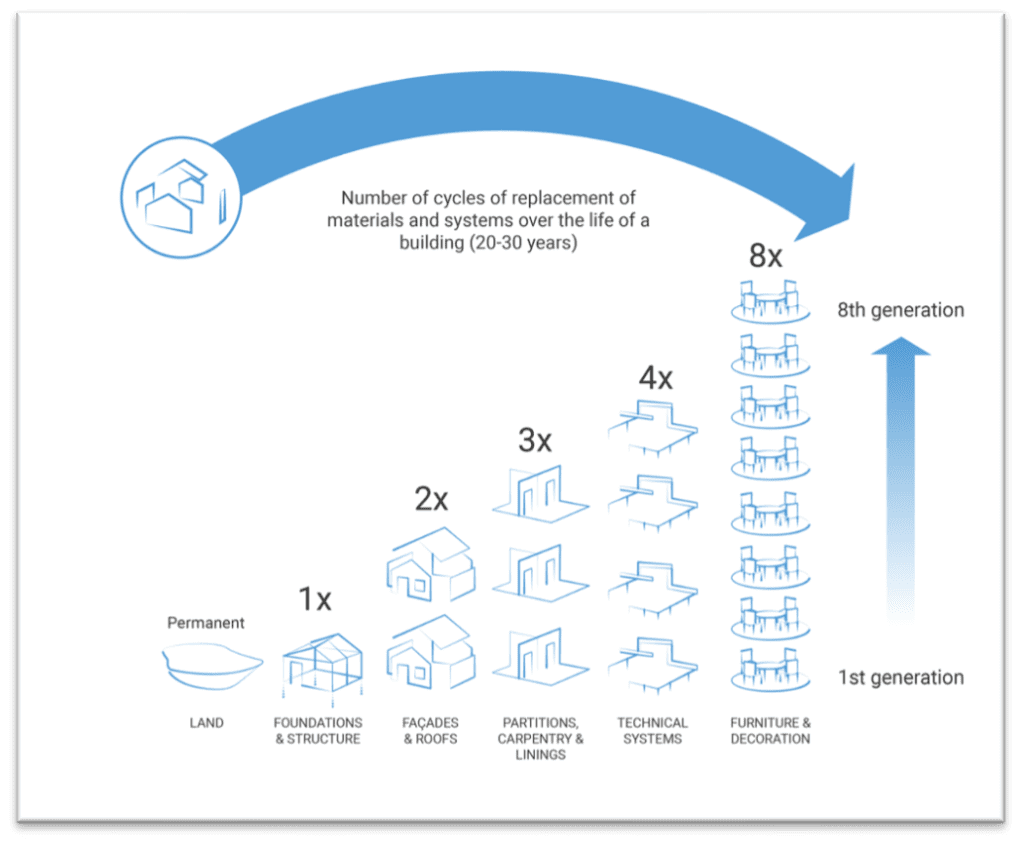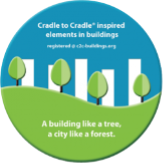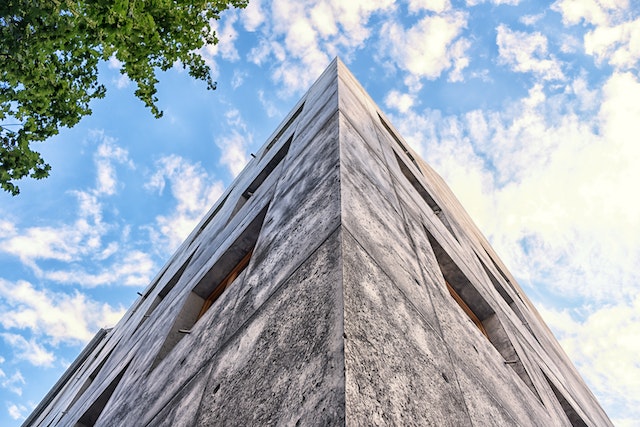Today, we are constructing disposable buildings which represent, in France, 70% of our waste(source ADEME), consume 35% of our raw materials, and produce 33% of our carbon emissions (of which 7% come from manufacturing processes). Even though 75% of the components of a building (in the tertiary sector) are replaced during its life, and some several times.

Designing a circular building to reduce the harmful impact of disposable buildings
The French heritage being about one billionm2, the previous figures remind us how much this sector can be a source of waste and destruction of value, both ecological and economic. And that’s without mentioning our health, since the quality of the indoor air in a non-eco-designed building is generally 7 to 8 times worse than that of the outdoor air(source OQAI).
The question of intent then arises. Are we so unaware or greedy as to neglect the preservation of health and the planet?
Many experts think it is a mixture of cynicism (“I have goals to meet and my clients don’t ask me for anything”) and inertia (“that’s the way it’s always been done and I don’t have time anyway”), but it is mostly a lack of knowledge and information.
While it is true that the subject is complex and recent, many solutions already exist.
Cradle to Cradle® & Positive Footprint
 Let’s start with Cradle to Cradle®, the international circular economy standard for products. It dates back to the 1990s and is based on a biomimetic (nature-inspired) philosophy of eco-design and resource management, according to which the notion of waste does not exist. The products are eco-designed to be healthy, and integrate biological or technical cycles of regeneration at the end of use. Today, tens of thousands of products are certified to this standard, and dozens of Cradle to Cradle inspired buildings are listed.
Let’s start with Cradle to Cradle®, the international circular economy standard for products. It dates back to the 1990s and is based on a biomimetic (nature-inspired) philosophy of eco-design and resource management, according to which the notion of waste does not exist. The products are eco-designed to be healthy, and integrate biological or technical cycles of regeneration at the end of use. Today, tens of thousands of products are certified to this standard, and dozens of Cradle to Cradle inspired buildings are listed.
The core of this philosophy is to design products and buildings that will have a positive footprint on air, water, resources, biodiversity, people and territory.
Everything is based on the intention to create objects that will have positive impacts on health and the environment. With Cradle to Cradle®, buildings are designed like trees, and cities like forests.
To extend your reading: “Carbon neutrality, why is data essential?”
